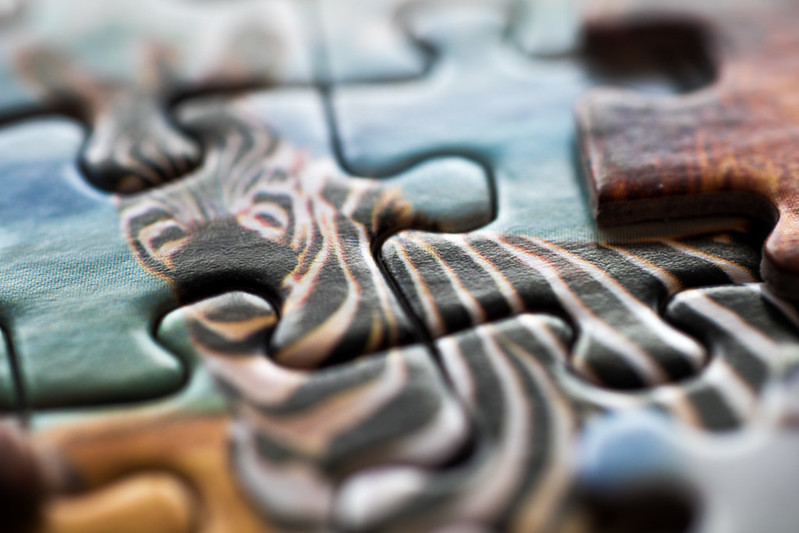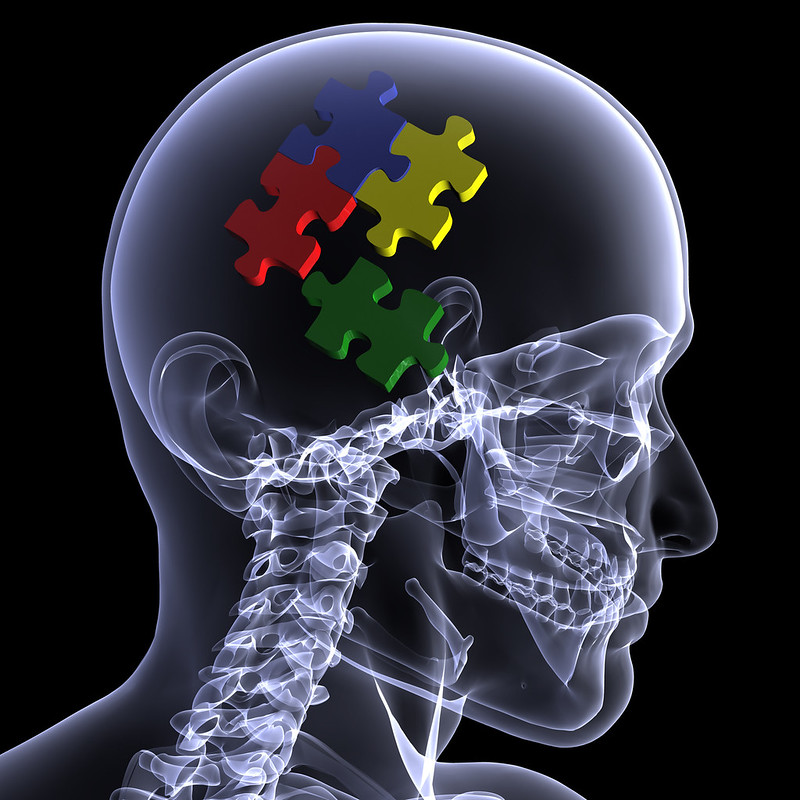
Have you ever wondered what your brain goes through in order for you to remember what you ate for breakfast this morning or what show you watched on Netflix last night? As you can probably imagine, there are multiple things that must occur (yes, in a sequential number of steps, too!) in order for us to form memories. The formation of memories can be compared to completing a puzzle, if you don’t have the correct number of pieces, you will either get a puzzle that is incomplete or multiple puzzles if there are too many pieces which can also be overwhelming. To help us understand a little more about the puzzle as a whole, let us begin to explore just one piece of it: The Elk-1 gene.
Inside the Brain
Time for some science! The Elk-1 gene codes for a transcription factor, which is a type of protein that is heavily involved in regulating transcription but also in other vital biological processes such as cell growth and inflammation. The role of the Elk-1 gene is largely associated with other fellow transcription factors that help gather signals that are given off inside and outside of a cell. These signals are then brought inside of the nucleus of the cell, which can be thought of as the control center that makes rules for the cell and body. Once Elk-1 has a phosphate group attached to it, it activates a histone complex that alters the structure of chromatids. This allows for transcription of specific genes resulting in memory formation and consolidation which is critical and can be explored more here: https://www.ncbi.nlm.nih.gov
/pmc/articles/PMC3060702/
How does this process even get started?
Some of you may be wondering, “is this gene always making memories for us?”. The answer is no, and this is probably for the better! Think of all the wasted energy and time your cells would go through if they would try to consolidate everything you  looked at or thought about in a single day, every day! Our body does an incredible job at regulating processes, especially for something as important as transcription. For example, when a stressful event is induced in our environment, glutamate begins to accumulate by membrane transport proteins that will therefore let calcium inside of the cell. This leads to the MEK-ERK pathway each gaining a phosphate group which allows Elk-1 to become phosphorylated to start transcription regulation. The complete process, at much greater depth, can be found at the following link: https://www
looked at or thought about in a single day, every day! Our body does an incredible job at regulating processes, especially for something as important as transcription. For example, when a stressful event is induced in our environment, glutamate begins to accumulate by membrane transport proteins that will therefore let calcium inside of the cell. This leads to the MEK-ERK pathway each gaining a phosphate group which allows Elk-1 to become phosphorylated to start transcription regulation. The complete process, at much greater depth, can be found at the following link: https://www
.frontiersin.org/articles/10.3389/fpsyt.2014.00005/full
Looking Ahead
Does this mean researchers know everything about Elk-1 and the formation of our memories? No, not quite. There is still much to be understood about not only this individual piece, but with the puzzle as a whole. Although it has been pointed out how crucial the Elk-1 gene is, it is important to remember, “everything in moderation”. Studies have shown that too much expression or an unregulated expression of this gene can lead to increased anxiety and/or depression that can be found in brain tissue specifically in the hippocampal region. Understanding how memories are formed and programmed to stay in our brains is extremely important, especially in the context of being able to use that information to help individuals with stress, but each discovery seems to raise a dozen additional questions, therefore one must ask: Will we ever be able to complete the puzzle of the human mind?